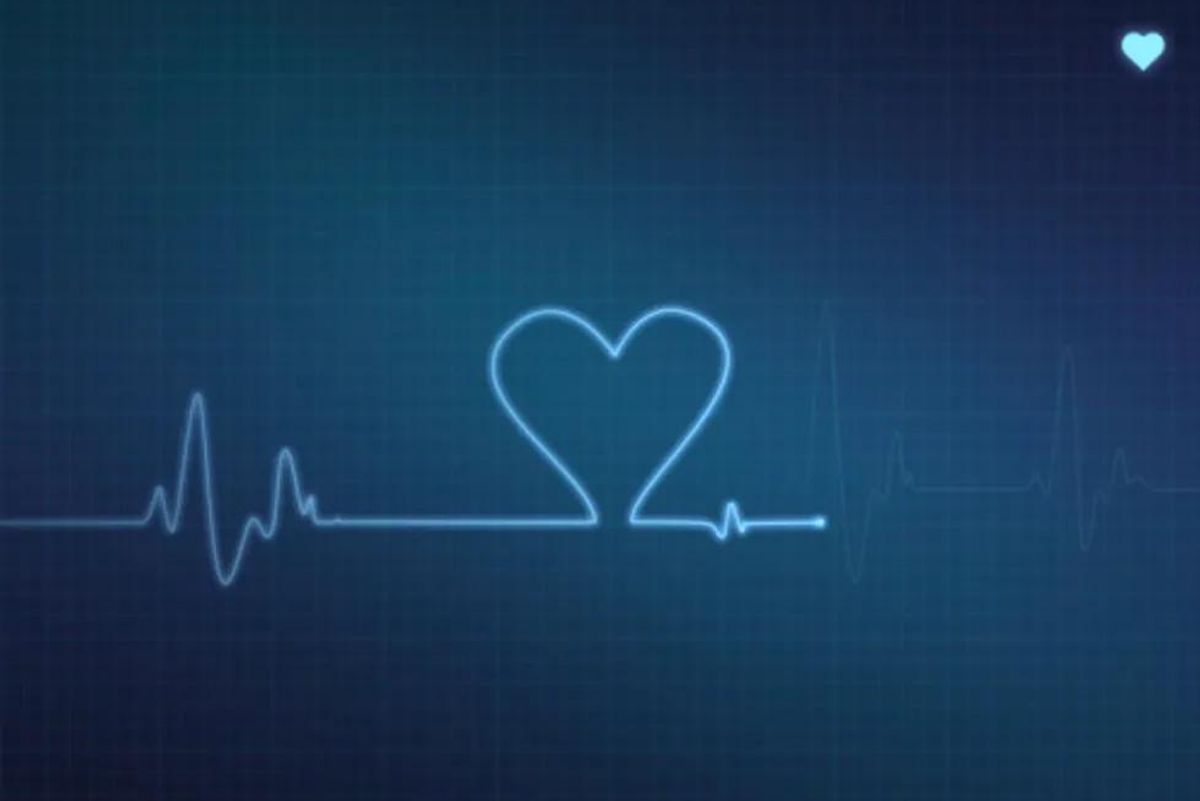

Sheryl Kraft
Sheryl Kraft, a freelance writer and breast cancer survivor, was born in Long Beach, New York. She currently lives in Connecticut with her husband Alan and dog Chloe, where her nest is empty of her two sons Jonathan. Sheryl writes articles and essays on breast cancer and contributes to a variety of publications and websites where she writes on general health and wellness issues. She earned her MFA in writing from Sarah Lawrence College in 2005.
Full BioLearn about our editorial policies
Medically Reviewed
This article has been archived. We will no longer be updating it. For our most up-to-date information, please visit our heart disease information here.
It's hard to ignore all the messages that February brings, with hearts all around and aflutter. Emotional hearts for the messages of love and affection on Valentine's Day…and human hearts for healthy reminders about cardiovascular disease, the number one killer in our country. And though Valentine's Day goes all the way back to 500 AD when Pope Gelasius shortened it from the early Christian martyrs named Saint Valentine, the connotation of heart and health is not that old – it was established in 1963 when Congress required the president to proclaim February "American Heart Month."
I'm not going to dispense advice on your love life – that's best left to those experts who deal with emotional matters of the heart (like my friend and fellow blogger Alisa Bowman and her blog - but what I'm going to do give you the American Heart Association's new guidelines for heart health, called “The Simple Seven." (For ease, I've consolidated it into five tips. Still simple, though.)
It's worth a look; in a nationwide study of close to 18,000 adults it was found that those who followed at least five of the seven criteria for ideal cardiovascular health had a 55 percent lower risk of death over five years than those who met none. And I think the statistics can be improved upon if we all pay close(r) attention, take them seriously and try just a bit harder.
Get Active. The AHA's guidelines call for moderate exercise for at least 150 minutes each week; or vigorous exercise for at least 75 minutes each week. Exercise helps control your weight, reduce your blood pressure, increase your HDL (good cholesterol) and improve your body's response to insulin, which helps control your blood sugar. Struggling with motivation? Click here or start a walking program.
Know – and Control - Your Numbers. There are three significant and important measures that can predict – and increase –your risk for heart disease: blood pressure, blood glucose and blood cholesterol levels. Keep all three in the healthy range and you can reduce your risk of death from cardiovascular disease over 16 to 22 years by 70-80 percent compared with those who have at least one number in a high-risk range. Here's what to aim for: blood pressure should be maintained below 120/80; fasting blood glucose should be below 100 mg per deciliter of blood; total cholesterol should be below 200 milligrams per deciliter of blood.
Feed Yourself Well. Being aware of the nutritional value of what you're eating goes a long way toward a healthy heart. Eat a variety of fruits and vegetables; try to get 4-1/2 cups per day. Not only are they low in calories and high in vitamins, minerals and fiber; they can help control your weight and your blood pressure. Unrefined whole-grains are packed withfiber and can help push your unhealthy cholesterol levels down while keeping you full. It's recommended you eat at least 3 ounces each day. Aim to eat fish at least twice a week, especially oily fish (like salmon, trout and herring) containing omega-3 fatty acids; research shows it may have heart-healthy benefits. Avoid (or at least cut back on) foods that contain partially hydrogenated vegetable oils to reduce the amount of trans fat you consume; since trans fat raises your “bad" cholesterol and lowers your “good" numbers. Meats and poultry should be prepared without added saturated and trans fats; they should be as lean as possible and served without the skin. As for salt, new guidelines support that all people limit their daily intake to no more than 1,500 mg (less than 1 tsp.) And limit the amount of sugar you consume; it's recommended you consume no more than 450 calories worth of sugar-sweetened beverages in a week.
Watch Your Weight. A staggering statistic: of Americans age 20-plus, 145 million are overweight or obese – that translates to 76.9 million men and 68.1 million women. Yikes. And since obesity is now a major culprit for heart disease, that's just downright frightening. Too much fat – especially the kind of fat that sits around your waist – puts you at a much higher risk for problematic conditions like high blood pressure, high cholesterol and diabetes, plus many more. The AHA recommends keeping your body mass index (BMI) – which is your body weight relative to your height - below 25. To calculate it, multiply your weight in pounds by 703, then divide that number by the square of your height in inches. Or click here.
Stop Smoking. I truly hope you never started, but if you do smoke, please stop! You can prevent premature death; lower your risk of developing many chronic and debilitating disorders like atherosclerosis (the buildup of fatty substances in your arteries) which can lead to heart disease, heart attack and stroke. Smoking also increases the tendency toward blot clots and decreases your HDL cholesterol.
Wishing you all a Happy Valentine's Day – in all matters of the heart.
Hungry for more? Important reading:
You might be interested in





